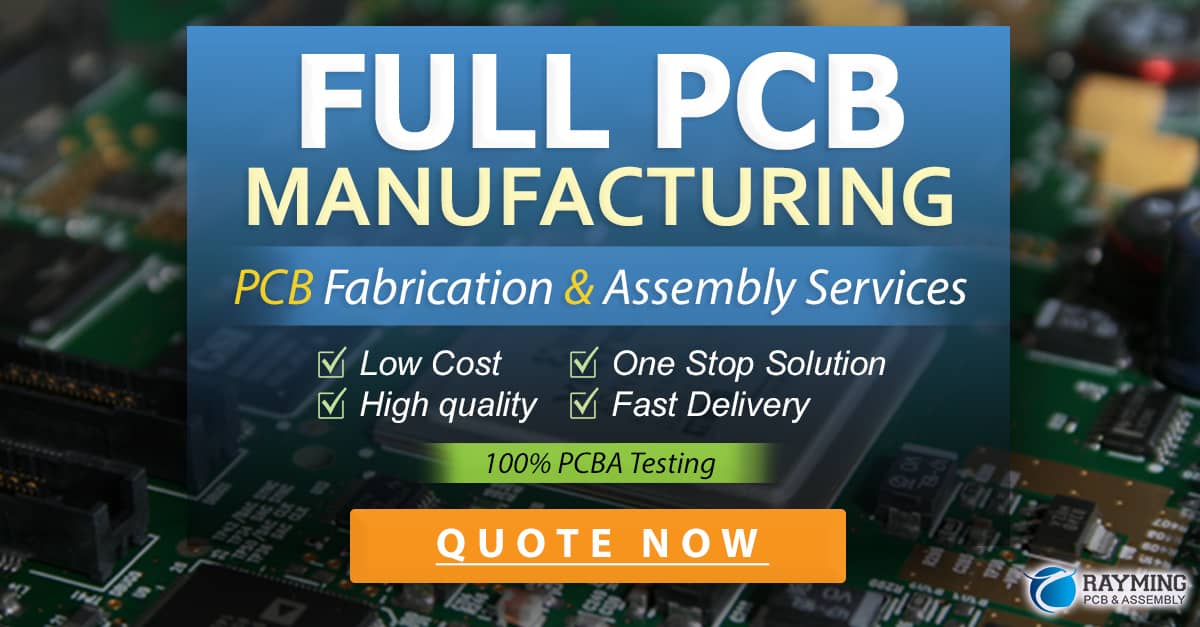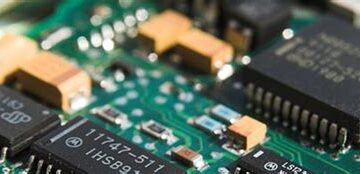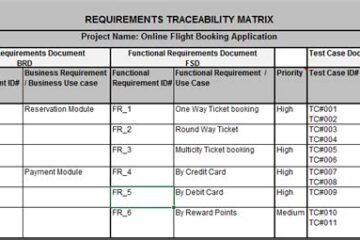What are X-ray Inspection Systems?
X-ray inspection systems are advanced imaging devices that use X-ray technology to create detailed images of objects, revealing their internal structure and composition. These systems consist of an X-ray source, a detector, and image processing software. The X-ray source emits high-energy electromagnetic radiation that penetrates the object being inspected. The detector captures the attenuated X-rays that pass through the object, creating a digital image. The image processing software then analyzes the image to identify any anomalies or defects.
Benefits of X-ray Inspection Systems
Implementing X-ray inspection systems in your production line offers several benefits, including:
-
Non-destructive testing: X-ray inspection allows you to examine the internal structure of products without causing any damage, ensuring the integrity of the inspected items.
-
Early defect detection: By identifying defects early in the production process, you can reduce scrap, rework, and warranty claims, ultimately saving time and money.
-
Improved product quality: X-ray inspection helps maintain consistent product quality by detecting and rejecting defective items before they reach the customer.
-
Compliance with regulations: Many industries have strict quality control regulations. X-ray inspection systems help manufacturers meet these requirements and avoid costly penalties.
-
Increased efficiency: Automated X-ray inspection systems can process a high volume of products quickly, improving overall production efficiency.
Types of X-ray Inspection Systems
X-ray inspection system manufacturers offer a variety of solutions to cater to different industry needs. Some common types of X-ray inspection systems include:
-
2D X-ray systems: These systems provide a two-dimensional image of the inspected object, suitable for detecting defects in flat or low-profile products.
-
3D X-ray systems: Also known as computed tomography (CT) systems, these provide a three-dimensional image of the object, allowing for more detailed analysis of complex geometries and internal structures.
-
Inline X-ray systems: Designed for high-speed production lines, these systems inspect products as they move along the conveyor belt, ensuring continuous quality control.
-
Offline X-ray systems: These systems are used for batch inspection or in a laboratory setting, where products are manually placed in the inspection chamber.
-
Portable X-ray systems: Compact and mobile, these systems are ideal for on-site inspections or in situations where the object cannot be moved to a stationary X-ray system.

Leading X-ray Inspection System Manufacturers
Several companies specialize in the design and manufacture of X-ray inspection systems. Some of the leading X-ray Manufacturers include:
| Manufacturer | Headquarters | Notable Products |
|---|---|---|
| Nordson DAGE | UK | Quadra Series, Ruby FP |
| Yxlon | Germany | Y.Cheetah, Y.Cougar |
| VJ Technologies | USA | VJT X7000, VJT X3500 |
| Nikon Metrology | Japan | XT V Series, XT H Series |
| Viscom | Germany | X8011, X8068 |
These manufacturers offer a wide range of X-ray inspection solutions, catering to various industries and applications. Many of them also provide customized solutions tailored to specific customer requirements.
Choosing the Right X-ray Inspection System
When selecting an X-ray inspection system for your production line, consider the following factors:
-
Application requirements: Determine the type of products you need to inspect, their size, material composition, and the defects you want to detect.
-
System specifications: Look for a system with the appropriate resolution, penetration power, and speed to meet your inspection needs.
-
Software capabilities: Ensure that the system’s software offers advanced image processing, data analysis, and reporting features to streamline your quality control process.
-
Integration with existing systems: Consider how well the X-ray inspection system will integrate with your current production line and automation systems.
-
Maintenance and support: Choose a manufacturer that provides comprehensive training, maintenance, and technical support to ensure the long-term performance of your X-ray inspection system.
Case Studies
To illustrate the effectiveness of X-ray inspection systems, let’s look at two case studies from different industries.
Automotive Industry
A leading automotive component manufacturer implemented an inline X-ray inspection system to detect defects in electronic control units (ECUs). The system was able to identify solder joint defects, component misalignments, and foreign object debris (FOD) at a rate of 1,200 parts per hour. By catching these defects early, the manufacturer reduced scrap and rework costs by 35% and improved overall product quality.
Food Processing Industry
A food processing company used an X-ray inspection system to detect and reject contaminants in their packaged products. The system identified metal, glass, and dense plastic contaminants as small as 0.8 mm in size, ensuring the safety and quality of the final product. By implementing the X-ray inspection system, the company achieved a 99.9% contaminant detection rate and avoided costly product recalls.
Future Trends in X-ray Inspection Technology
As technology advances, X-ray inspection system manufacturers are continually developing new solutions to meet the evolving needs of various industries. Some of the future trends in X-ray inspection technology include:
-
Artificial intelligence (AI) and machine learning: Integrating AI and machine learning algorithms into X-ray inspection software will enable systems to learn from past data and improve defect detection accuracy over time.
-
High-resolution detectors: The development of higher-resolution detectors will allow for the detection of even smaller defects and anomalies, improving overall inspection quality.
-
Increased automation: As Industry 4.0 progresses, X-ray inspection systems will become more automated and integrated with other production line systems, enabling seamless data exchange and process optimization.
-
Miniaturization: The development of smaller, more compact X-ray sources and detectors will enable the creation of more portable and flexible inspection systems.
Frequently Asked Questions (FAQ)
-
Q: Are X-ray inspection systems safe for operators?
A: Yes, modern X-ray inspection systems are designed with operator safety in mind. They feature shielded enclosures, interlocks, and safety sensors to prevent accidental exposure to X-ray radiation. -
Q: Can X-ray inspection systems detect all types of defects?
A: X-ray inspection systems are highly effective at detecting defects that cause variations in material density, such as voids, cracks, and inclusions. However, they may not be suitable for detecting surface defects or color variations. -
Q: How much do X-ray inspection systems cost?
A: The cost of an X-ray inspection system varies depending on factors such as system type, specifications, and customization requirements. Entry-level systems can start at around $50,000, while high-end custom solutions can cost several hundred thousand dollars. -
Q: How long does it take to set up and train operators on an X-ray inspection system?
A: The setup and training time depends on the complexity of the system and the application. Most manufacturers provide comprehensive training and support to ensure a smooth implementation process. Typically, setup and training can take anywhere from a few days to a few weeks. -
Q: Can X-ray inspection systems be used for multiple product types?
A: Yes, many X-ray inspection systems are designed to be flexible and adaptable to inspect a variety of products. By adjusting system parameters and using different fixturing, a single system can often handle multiple product types and sizes.
Conclusion
X-ray inspection systems have become an essential tool for quality control and non-destructive testing in various industries. By partnering with leading X-ray manufacturers, companies can implement state-of-the-art inspection solutions to improve product quality, reduce defects, and ensure compliance with regulations. As technology continues to advance, X-ray inspection systems will become even more accurate, efficient, and integrated with other production line systems, helping manufacturers stay competitive in an increasingly demanding market.



0 Comments